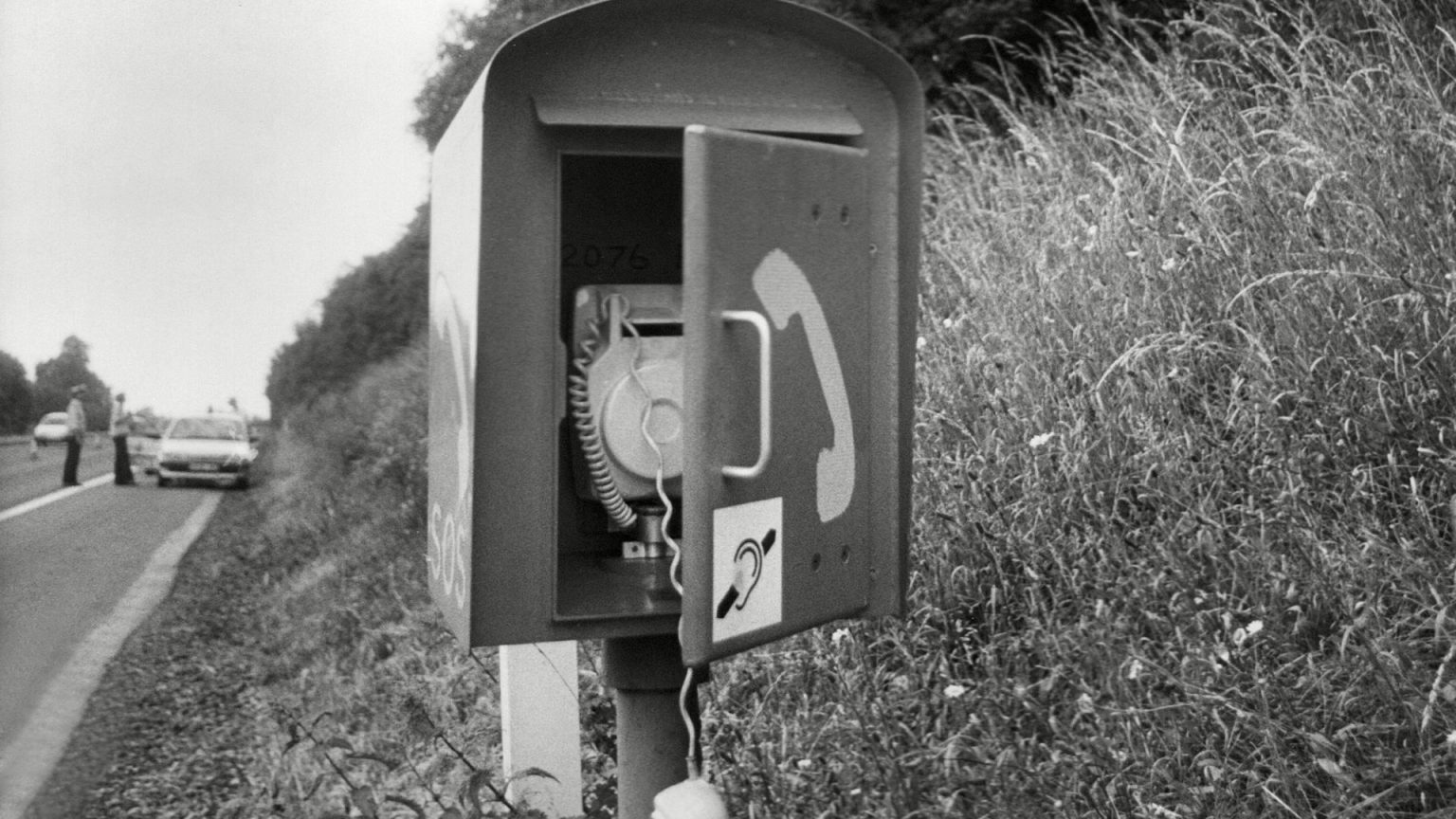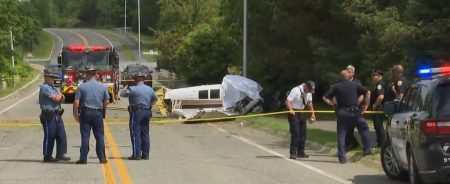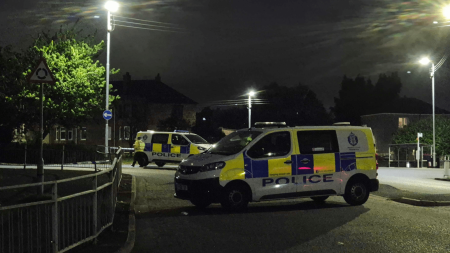The unsolved murder of Marie Wilks, a 22-year-old pregnant woman, continues to haunt investigators and her family. In June 1988, Marie was driving back from visiting her husband at an army barracks when her car broke down on the M50 motorway in Herefordshire. Seven months pregnant and accompanied by her 11-year-old sister and 13-month-old son, Marie bravely walked to an emergency phone to call for assistance, leaving her young companions in the car. Tragically, she never returned. Her body was discovered the following day on an embankment three miles away, her throat brutally slashed. This horrifying discovery launched a murder investigation that, despite initial progress, remains unresolved to this day.
Former soldier Eddie Browning was initially convicted of Marie’s murder in 1989, primarily based on tyre marks found near the crime scene that were believed to match his silver-grey Renault 25. An expert testified that a distinct skid mark corresponded to a heavily worn tyre on Browning’s car, seemingly placing him at the scene. Browning, who was driving north to Scotland that night, maintained his innocence and claimed to have taken a different route, but his alibi lacked corroborating evidence. The prosecution suggested that Browning, having argued with his own pregnant wife earlier that day, may have directed his anger towards Marie, a vulnerable woman alone on the motorway. He was sentenced to life in prison with a minimum term of 25 years.
However, Browning’s conviction was overturned five and a half years later when it came to light that crucial evidence had been withheld from the trial. An off-duty police officer had reported seeing a suspicious vehicle similar to Browning’s near the scene, but the vehicle’s number plates did not match Browning’s car. This revelation discredited the prosecution’s case, raising serious questions about the integrity of the investigation and ultimately leading to the quashing of the conviction. Browning died in 2018, never having been cleared of the crime but also never re-tried. The case was left in a state of frustrating limbo.
The withheld evidence regarding the mismatched number plates cast a long shadow over the investigation, leading to speculation about potential alternative suspects and missed opportunities. The focus on Browning’s tyre marks had been central to the original conviction, and its subsequent undermining left a void in the case that has never been filled. The lack of any other strong leads or forensic evidence further compounded the difficulties faced by investigators, particularly given the passage of time and the potential degradation of any remaining physical clues.
The circumstances surrounding Marie’s murder amplify the tragedy. A young mother, venturing out on a significant drive after recently passing her driving test, found herself lost and vulnerable on a dark motorway. Her anxiety about driving on motorways, her concern for her children, and the fading daylight all contributed to a sense of unease. The image of her 11-year-old sister carrying her baby brother along the hard shoulder in search of help is a poignant reminder of the fear and desperation they must have felt. The abandoned emergency phone, dangling from its cord, stands as a silent testament to Marie’s interrupted plea for assistance.
The case of Marie Wilks remains a stark reminder of the devastating impact of unsolved crimes, not only on the victim’s family but also on the wider community. The lack of closure leaves lingering questions, fuels speculation, and prevents the healing process. Despite the passage of time, the hope remains that new technologies, renewed investigative efforts, or fresh information may one day shed light on the events of that tragic night and bring justice for Marie and her family. The haunting image of a young mother desperately seeking help, her life tragically cut short, underscores the importance of continued efforts to solve this enduring mystery.











